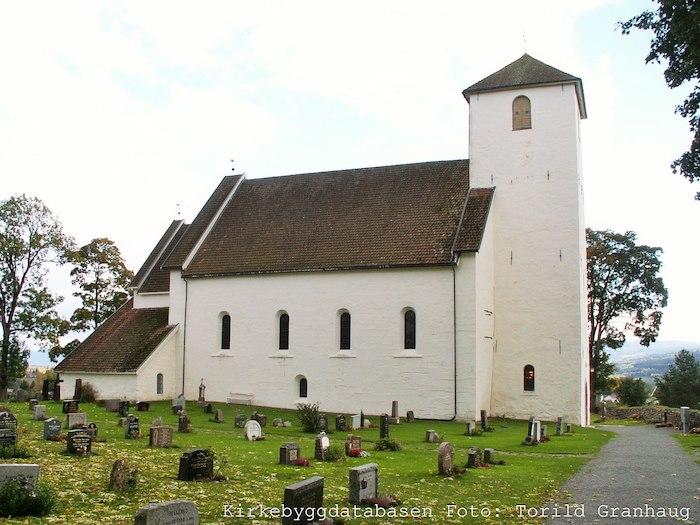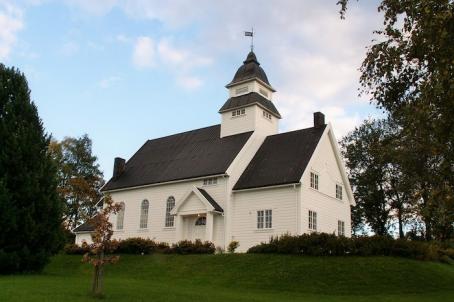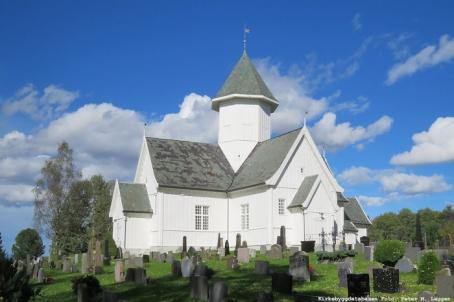Hoff Church
The Hoff church is a Romanesque brick church dedicated to the apostle Andrew. It was built of local cut sandstone, probably at the end of the 12th century. Originally, the church was in the form of a basilica with two longitudinal rows of columns that divided the church hall into three naves, the middle one having a higher ceiling than the naves. The tower, which rose above the centre of the roof, had as its foundations the choir wall and the first pair of pillars. The church burned down around 1500 and 1700. After the last fire, the church was heavily rebuilt and took the shape it has today.
About this building
For more information visit on this building visit https://kirkesok.no/kirke/052800201






